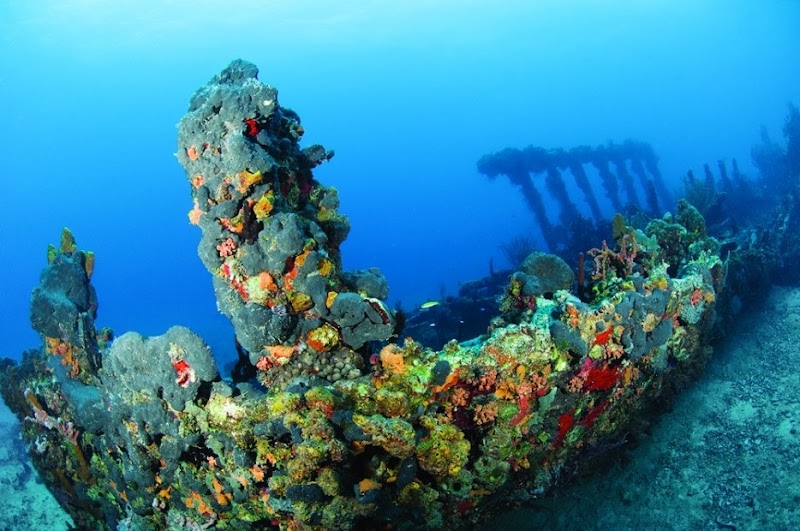
R. M. S. Rhone National Park Adventures
R. M. S. Rhone National Park protects the wreck of the iconic R. M. S. Rhone ship in the crystal-clear waters off Saint Thomas, offering unparalleled opportunities for snorkeling and diving.
About R. M. S. Rhone National Park

R. M. S. Rhone National Park is located off the southern coast of Saint Thomas in the U.S. Virgin Islands. The park is primarily focused on the historic wreck of the steamship R. M. S. Rhone, which sank during a hurricane in 1867. This underwater park covers a marine area that includes vibrant coral reefs, abundant marine life, and dramatic undersea landscapes. The shipwreck itself lies at depths accessible to recreational divers and snorkelers, making it one of the most famous and visited wreck dive sites in the Caribbean. Beyond the wreck, the park supports healthy coral formations with a wide variety of tropical fish, sea turtles, and other marine species. The park also preserves important coastal and marine ecosystems that are critical to the overall health of the island’s shoreline. Visitors are drawn to R. M. S. Rhone National Park for its underwater archaeological significance and excellent recreational water sports opportunities. The park is managed to balance protection of its resources with public access, providing education about both natural and cultural heritage. Since the wreck is accessible only by boat and underwater exploration, the park appeals especially to divers and snorkelers looking for historical interest combined with exceptional marine biodiversity. The park’s setting within the larger Virgin Islands National Park system adds to the island’s diverse outdoor offerings.
Highlights
The historic R. M. S. Rhone shipwreck, renowned as one of the best diveable wrecks in the Caribbean
Vibrant coral reefs teeming with tropical fish, sea turtles, and marine invertebrates
Clear visibility on snorkeling and diving excursions with depths suitable for varied skill levels
Protected marine sanctuary preserving important Caribbean marine ecosystems
Notable Natural Features
R. M. S. Rhone Shipwreck
Sank in 1867, this steamship wreck lies between 60 and 110 feet deep, providing a fascinating dive site covered in colorful corals and home to diverse marine life.
Coral Reefs
Healthy coral formations surrounding the wreck support many endemic Caribbean fish and invertebrate species, contributing to local biodiversity.
Marine Sanctuary Zone
Areas within the park are strictly protected to preserve habitat and prevent damage from fishing and boating, supporting ecosystem health.
